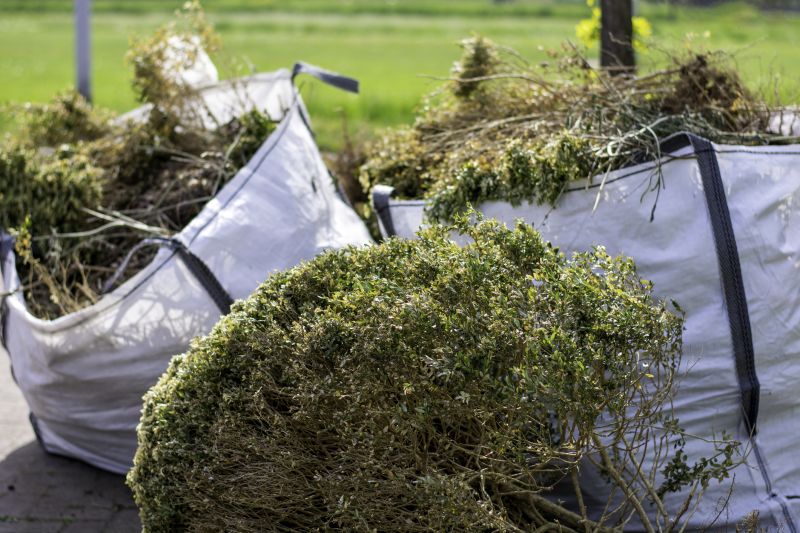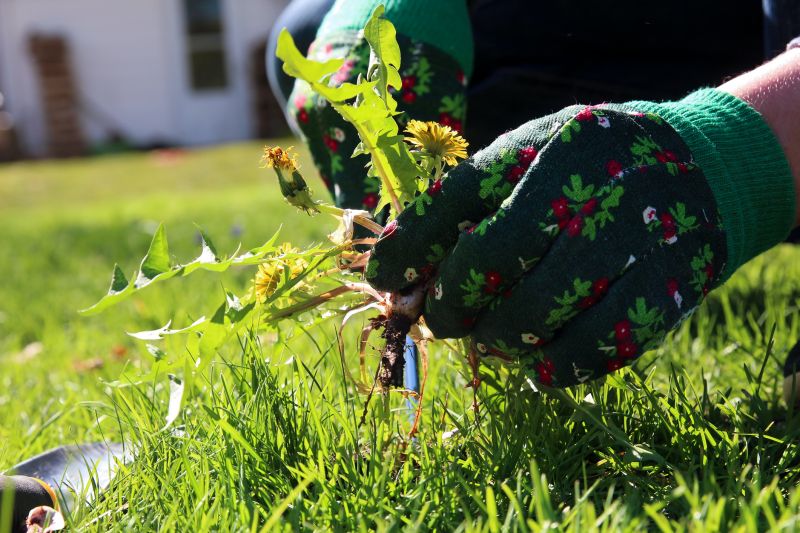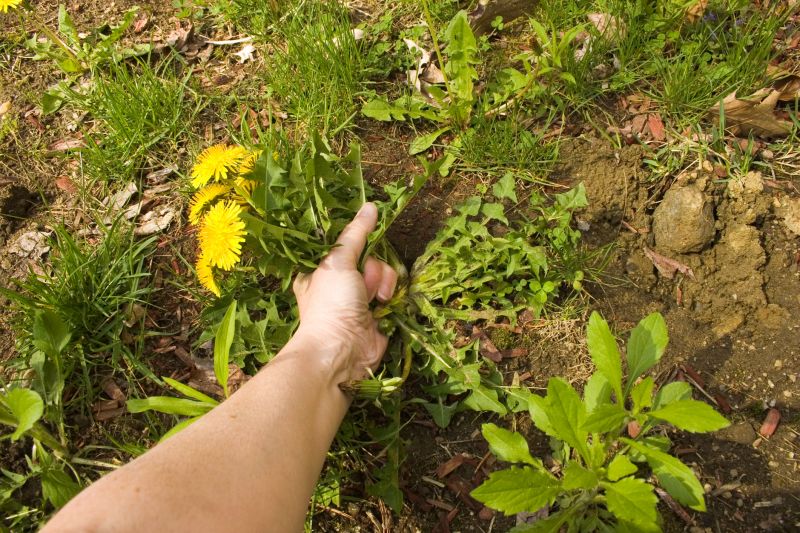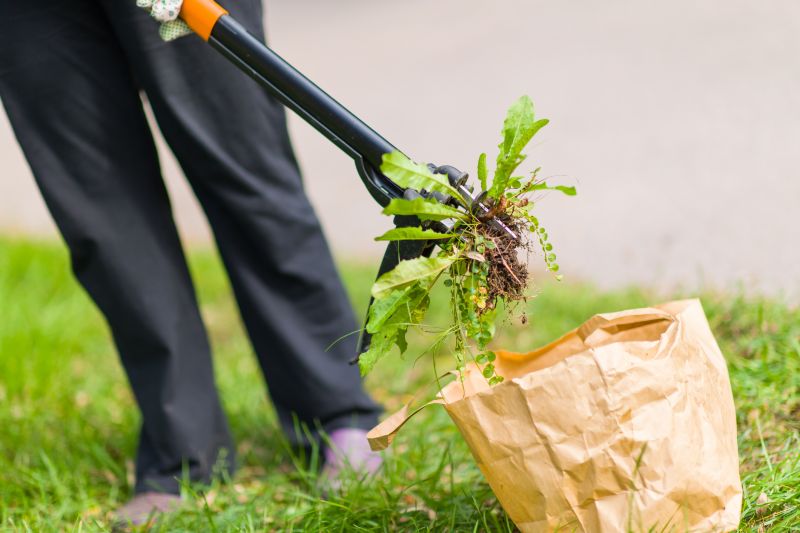Optimal Timing for Tumbleweed Removal
Timing for tumbleweed removals depends on seasonal growth patterns and regional climate conditions. Typically, late winter and early spring are optimal periods for clearing tumbleweeds before they disperse widely or dry out. Monitoring local weather and plant cycles can help determine the most effective time for removal efforts.
Performing tumbleweed removals in spring helps prevent seed dispersal and reduces wildfire risks.
Fall removals can be effective before winter, especially in regions with heavy tumbleweed accumulation.
Storm events can spread tumbleweeds across large areas, making immediate cleanup necessary.
Climates with dry, windy conditions tend to see quicker tumbleweed growth and dispersal, influencing removal timing.

Spring growth phase with emerging tumbleweeds ready for removal.

Wind spreading tumbleweeds across fields and roads.

Removing tumbleweeds after a storm event.

Popular materials for Tumbleweed Removals and why they hold up over time.

Simple add-ons that improve Tumbleweed Removals without blowing the budget.

High-end options that actually feel worth it for Tumbleweed Removals.
Tumbleweed removals are most effective when timed according to regional weather patterns and plant growth cycles. Proper timing can minimize the spread of seeds, reduce fire hazards, and improve land management efficiency. Regular monitoring and proactive removal during optimal periods help maintain clear and safe areas.

Early growth stage of tumbleweed before dispersal.

Dry, ready-to-dispersal tumbleweed after summer.

Land after successful tumbleweed removal.

Wind dispersing tumbleweeds across open terrain.

Finishes and colors that play nicely with Tumbleweed Removals.

Little measurements that prevent headaches on Tumbleweed Removals day.

A 60-second routine that keeps Tumbleweed Removals looking new.

A frequent mistake in Tumbleweed Removals and how to dodge it.
| Season | Optimal Timing |
|---|---|
| Spring | Before seed dispersal, typically early spring. |
| Summer | During dry periods when tumbleweeds are mature. |
| Fall | Before winter, especially in regions with heavy fall growth. |
| Post-Storm | Immediately after storms to prevent spread. |
| Regional Variations | Timing varies based on local climate and growth cycles. |
Effective tumbleweed management involves understanding regional growth patterns and weather influences. Conducting removals during peak growth or just before dispersal minimizes seed spread and reduces fire hazards. Regular assessment of local conditions supports timely and efficient land management efforts.
